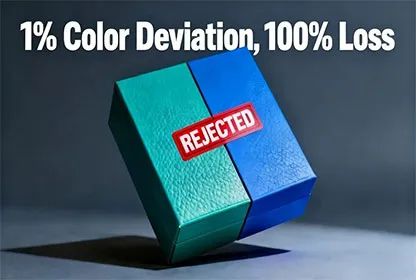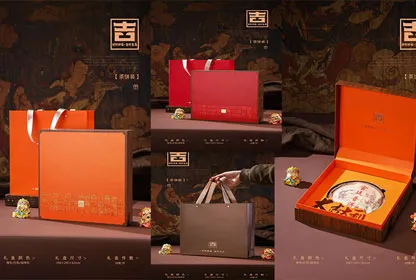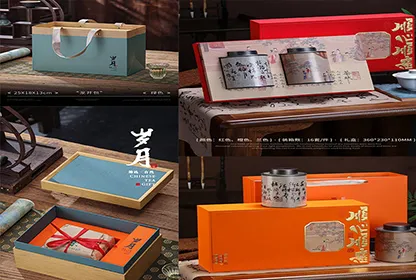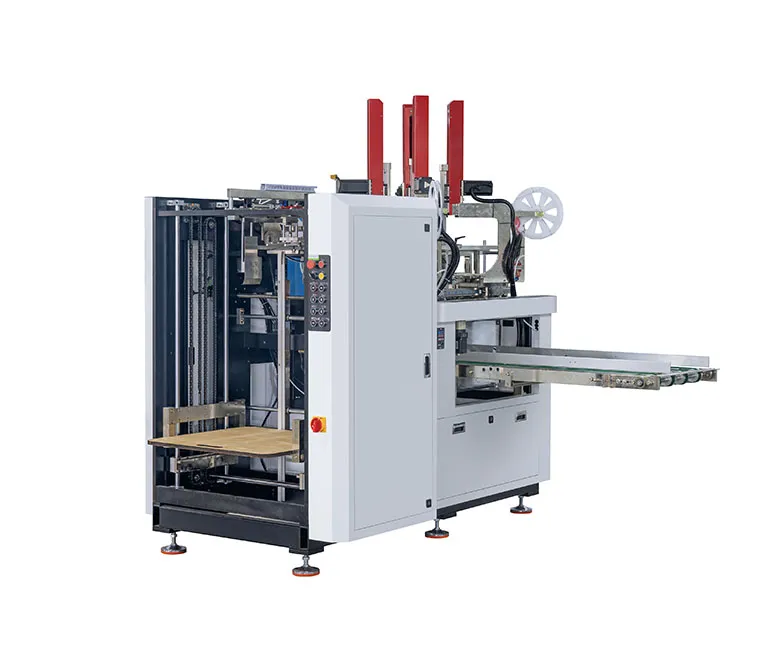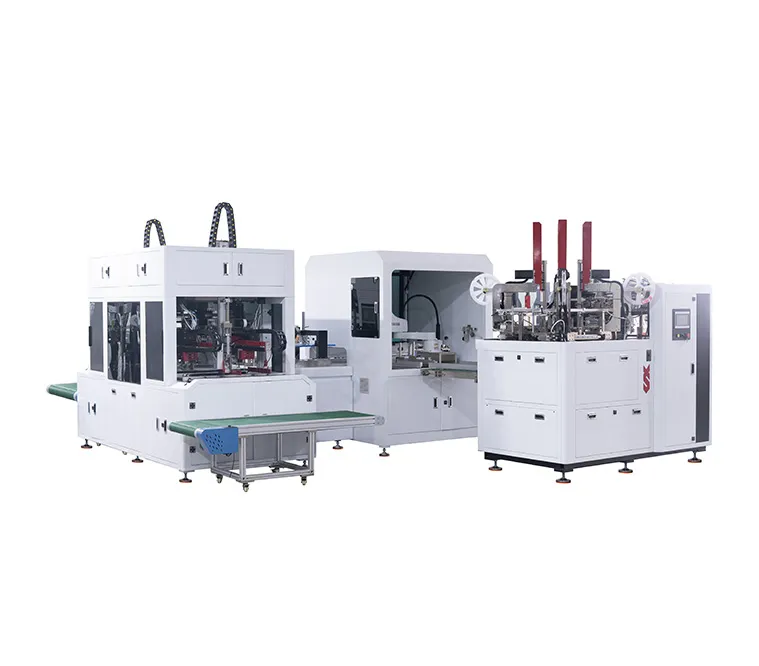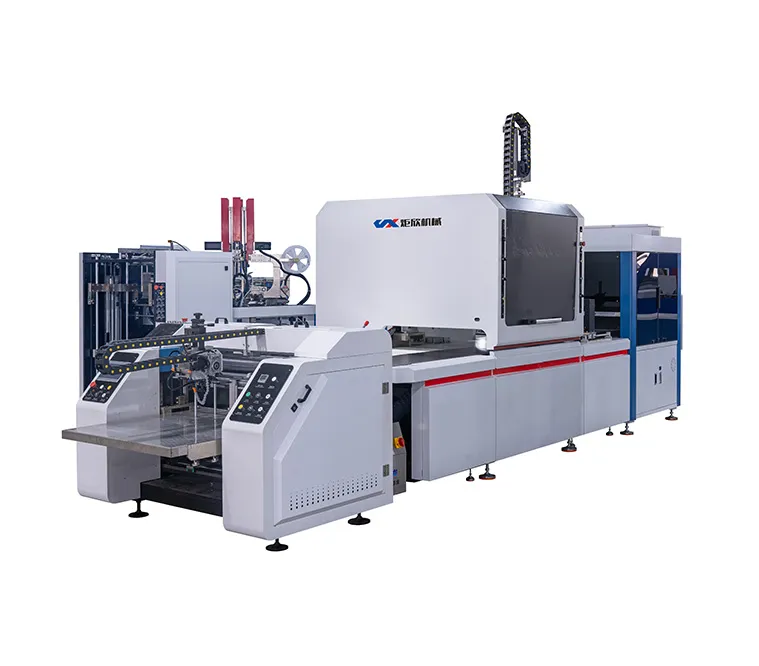Cultural Empowerment, Craftsmanship, and Quality Control
 Jul 24,2025
Jul 24,2025In the current era of cultural consumption, gift box packaging has long transcended its single function as a “container” and has become a dynamic medium for conveying culture and emotion. With the growing demand for spiritual and cultural needs among the Chinese people, the field of gift box packaging design has witnessed a cultural renaissance.
Regional cultural characteristics shine brightly on gift boxes. For example, Yunnan's tea gift boxes incorporate the Dai ethnic group's peacock totem and the Bai ethnic group's tie-dye patterns into the packaging. When consumers open the gift box, they feel as though they have stepped into a scenic painting of Yunnan's colorful clouds; Silk gift boxes from Jiangsu and Zhejiang provinces feature the latticework design of Jiangnan gardens as the box outline, paired with decorative ribbons adorned with Suzhou embroidery elements, exuding the elegance of water towns. Festival traditions have also become a rich source of design inspiration. Dragon Boat Festival gift boxes adopt the shape of bamboo leaves, adorned with dragon boat paper cuts; Mid-Autumn Festival gift boxes use three-dimensional paper sculptures of the Palace of the Moon, paired with gold-foil moon patterns, maximizing the sense of ritual and cultural identity associated with the festival. The deep integration of cultural creativity and packaging transforms products from cold commodities into artistic pieces that carry stories and emotions, successfully establishing a spiritual resonance with consumers while satisfying visual aesthetics.
From a market trend perspective, festive gift boxes for traditional festivals have become a battleground for businesses. Data from e-commerce platforms shows that in the two months leading up to the Mid-Autumn Festival and the Dragon Boat Festival, searches for traditional Chinese cultural and creative gift boxes increased by over 80% year-on-year. Consumers' dual demands for the “aesthetic appeal” and “cultural depth” of gift boxes have driven companies to continuously innovate. Beyond traditional festivals, customized gift box demands have also emerged in scenarios such as weddings and business gifts, with precise alignment of cultural connotations becoming the key to capturing the market.
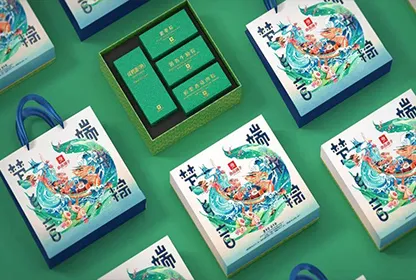
Production Process: Craftsmanship Ensures Quality
The exquisite appearance of high-end gift boxes is the result of a complex and meticulous production process.
1. Laminating: Protection and Enhancement
Laminating is like covering printed materials with a transparent armor. Through heat-pressing technology, transparent plastic film is tightly bonded to the surface of printed materials, effectively resisting water stains, wear, and other daily damages while significantly enhancing the glossiness of text and images. Matte film imparts a subtle luxurious texture to packaging, while glossy film creates a dazzling effect. Both options can be flexibly chosen based on the product's aesthetic.
2. Hot Stamping: Metal Luster Enhances Luxury
Hot stamping is the “crowning touch” of packaging. Using high temperature and pressure, aluminum foil is precisely transferred to the substrate, instantly revealing a dazzling metallic luster. Whether it's gold foil outlining cloud patterns or silver foil creating geometric lines, it instantly elevates the sophistication of gift boxes, particularly suitable for high-end liquor, jewelry, and other product packaging.
3. Varnishing: Dual benefits of smoothness and protection
Varnishing involves uniformly coating the printed surface with a layer of colorless transparent coating, which forms a smooth protective film after drying. It enhances surface durability while optimizing tactile feel, making the gift box feel silky smooth to the touch. Localized UV varnishing can also use light and shadow contrast to highlight the brand logo or core patterns, creating a visual focal point.
4. Embossing: The Artistic Expression of Three-Dimensional Aesthetics
Embossing infuses packaging with three-dimensional vitality. Custom molds apply pressure to printed materials, creating raised, three-dimensional patterns on the surface. The veins of flowers or the textures of ancient architecture come to life on the box, with subtle contours felt under the fingertips, offering a dual sensory experience of touch and sight.
5. Die-cutting and creasing: Precisely shaping the box structure
Die-cutting and creasing are critical processes in gift box production. Blades precisely cut the paper along pre-designed die-cutting patterns while creating folding creases, ensuring seamless assembly of the box structure. Unique shapes for irregular gift boxes, such as heart-shaped or fan-shaped designs, are achieved through this process.
Quality Control: Strictly Adhering to Quality Standards
Quality control for high-end gift boxes tolerates no negligence, and the prevention and handling of common defects are of utmost importance.
1. Loose Edges: Meticulous Adhesion Process
Loose edges are often caused by uneven glue application or insufficient pressure during the bonding of paper and cardboard. Strict control of adhesive viscosity and application volume is necessary. After lamination, apply uniform pressure and extend the holding time to ensure tight adhesion between the two layers.
2. Creases: Standardized Operational Procedures
Creases often occur during paper handling and folding. Standardizing operational procedures, using specialized tools for paper handling, and laying soft padding at folding stations can effectively reduce the risk of creases.
3. Corner damage: Enhanced corner protection measures
Corner damage is often caused by transportation collisions or rough handling during assembly. Adding corner protection structures in packaging design, using cushioning materials during transportation, and handling with care during assembly can significantly reduce damage rates.
4. Gray exposure (base exposure): Strict control of laminating precision
Gray exposure results from paper misalignment during laminating. Using high-precision cutting equipment to ensure accurate paper dimensions and employing positioning clamps during lamination to assist with alignment can prevent gray board exposure.
5. Bubbling: Coordinated Control of Adhesive and Environmental Conditions
Bubbling is caused by insufficient adhesive penetration or environmental humidity. Optimizing adhesive formulations, maintaining production environment humidity between 40% and 60%, and promptly removing air after lamination can effectively prevent bubbling.
6. Adhesive stains: Details of the cleaning process optimization
Adhesive stains must be controlled at the source. Choose low-bleed adhesive and promptly wipe off any residue with a special cleaner after pasting to avoid the adhesive drying and becoming difficult to remove.
7. Protrusions (pimples): Key steps in material pre-treatment
Pimples are caused by residual particles in the lower layer of the packaging material. Strictly enforce incoming material inspections, perform surface dust removal pre-treatment on gray boards and paper, and maintain a clean production environment to prevent particle contamination.
8. Uneven Corners: Mold Precision and Assembly Calibration
Uneven corners are often caused by cutting errors in gray boards or assembly deviations. Regularly calibrate mold precision and use positioning fixtures during assembly to ensure consistent folding heights on all four sides—this is the core solution to the issue.
The gift box packaging industry is currently in a golden development period driven by both cultural value and technological innovation. Only by deeply cultivating cultural content, refining production techniques, and strictly adhering to quality standards can companies stand out in intense market competition and present consumers with packaging products that combine practical value and artistic appeal.
The above provides a multi-dimensional overview of gift box packaging-related content. If you wish to focus on a specific aspect for in-depth discussion or have other expansion needs, please feel free to let us know at any time.

